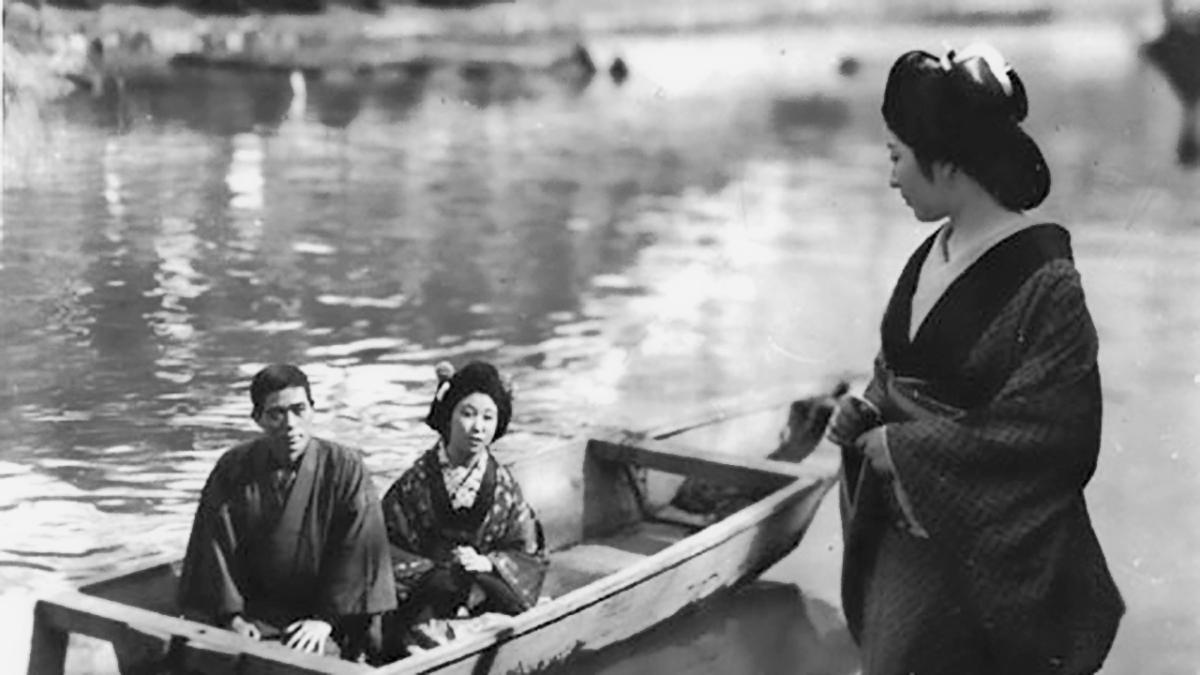Presented with live benshi oration. Performances will be in Japanese with live music and English subtitles.
Tuesday, April 16, 6:00 p.m. | Presented by the Yanai Initiative for Globalizing Japanese Humanities and the UCLA Film & Television Archive in partnership with the Gene Siskel Film Center, the Art of the Benshi 2024 World Tour offers audiences a rare opportunity to experience the mesmerizing artistry of three of Japan’s celebrated benshi—“movie orators” who, since the days of Thomas Edison’s Kinetoscope, have been breathing life into silent film. Joined by an ensemble of musicians from Japan, these masters of their art will transport viewers back to the golden age of silent film, when every movie screening was also a live performance.
PATRON NOTICE: Please note for this sold out special event, we will not be allowing late seating after the listed showtime to avoid disruptions to our musicians. Seating is first-come, first-serve, so we recommend arriving early to ensure your party can secure seats together. Any patrons who are not seated by 6:00 p.m. will not be allowed entry.
SOLD OUT: A limited waitlist will open at the box office one hour before each screening, at 5:00 p.m. Any additional tickets will be released for the waitlist at 6:00 p.m. Waitlist does not guarantee entry. No email or phone reservations.
The Art of the Benshi allows audiences in New York, Washington, D.C., Chicago, Los Angeles, and Tokyo the chance to experience the magic of the benshi as they perform not just individually, but together with the collaborative style of performance. The Film Center will present two distinct programs of classic, newly restored, and rarely seen silent films from Japan and the USA. All performances will be in Japanese with live music and English subtitles. Program description provided by UCLA.
Tickets: $15 Gene Siskel Film Center members and SAIC students, faculty, and staff | $17 seniors and non-SAIC students | $22 general audiences | $25 two-day, members-only pass available.
The Art of the Benshi Program I
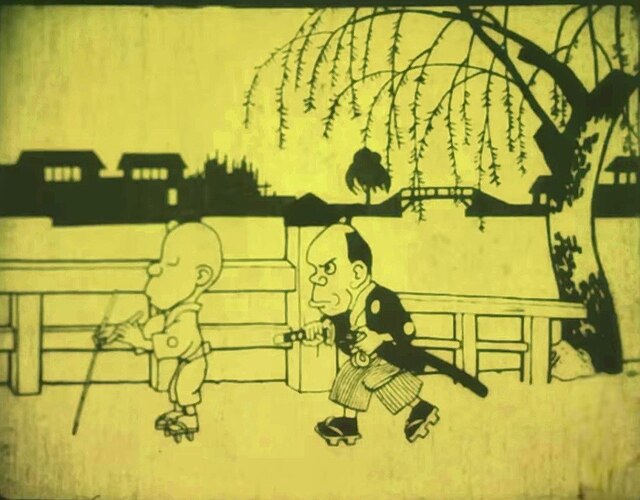
1917, dir. Junichi Kōchi, Japan, 5 min.
An overly confident samurai looks for unsuspecting victims on which to try out his new sword but neither his targets nor his weapon prove willing to play along. THE DULL SWORD is the oldest known surviving example of moving image anime, simply drawn but highly expressive in its satirical take on period genre conventions. Exhibition materials courtesy of the National Film Archive of Japan. Performed by Ichirō Kataoka.
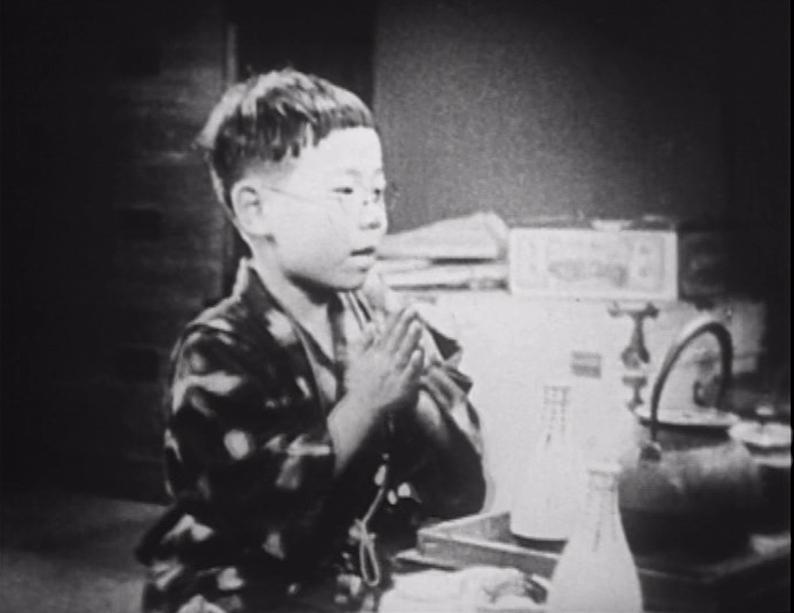
1929, dir. Yasujirô Ozu, Japan, 21 min.
Precocious children often take center stage in the works of Japanese master Ozu Yasujirō (I WAS BORN BUT…, GOOD MORNING), with this fragment of a silent comedy short offering an early glimpse of his felicity with childhood. Trouble abounds for a pair of kidnappers who underestimate the energies of their young abductee who quickly challenges their patience for the job. This version includes seven more minutes than the previously known extant versions thanks to a newly discovered print. Performed by Hideyuki Yamashiro.
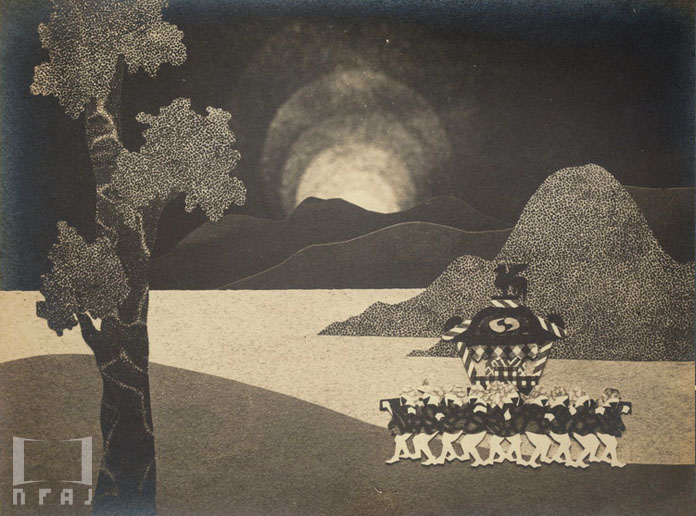
1929, dir. Noburō Ōfuji, Japan, 17 min.
This charming example of stop-motion collage tells the story of a ceremonial dancer who encounters a demon serpent in the hills while on his way home after performing at a harvest festival. He escapes the encounter and returns with a group of villagers to destroy the creature, but its spirit has the last laugh. Produced by studio Chiyogami Eiga-sha, THE GOLDEN FLOWER suggests the rich variety of styles being explored by early Japanese animators. Performed by Kumiko Ōmori.
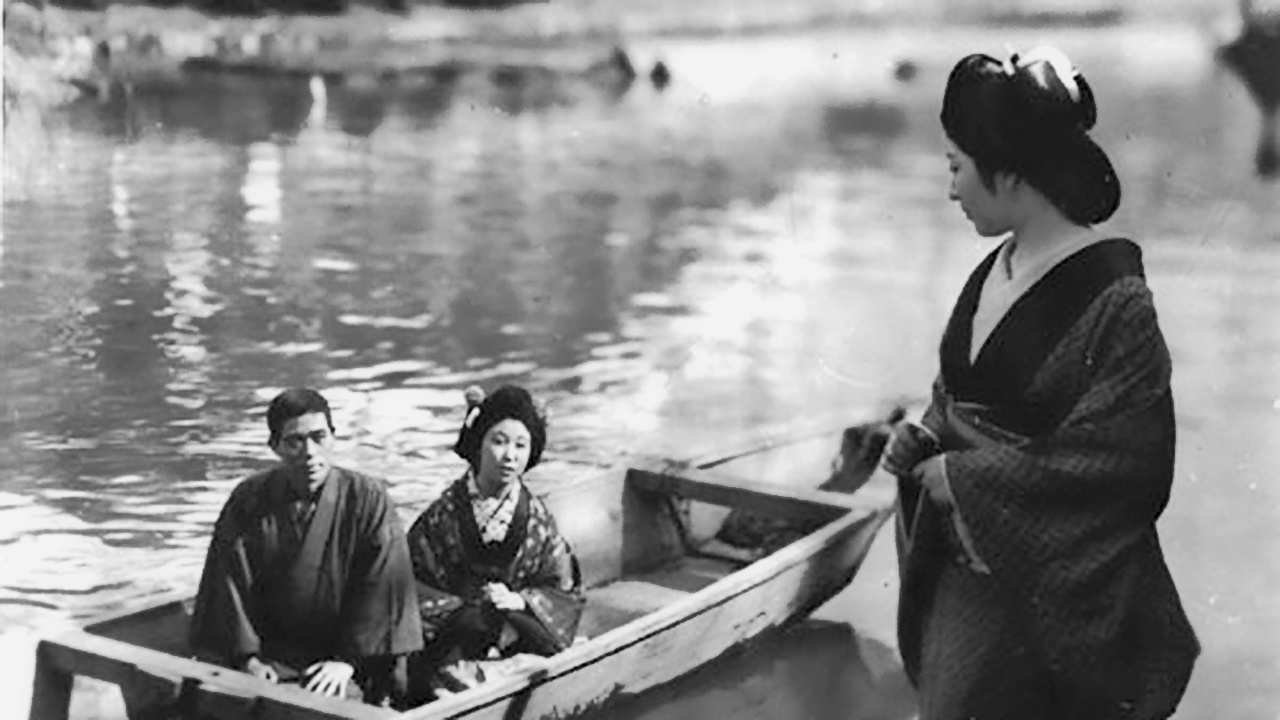
1933, dir. Kenji Mizoguchi, Japan, 102 min.
The elements of director Kenji Mizoguchi’s mature style are evident everywhere in this galvanizing melodrama adapted from a novel by Kyōka Izumi. High angle shots and sweeping camera movements lend a distinctly modern dynamism to the story of a woman (Takako Irie) who sacrifices everything she has to ensure the future of a young man (Tokihiko Okada) who captures her imagination. Irie delivers a powerful, moving performance as a theater performer whose good deed leads to tragedy as Mizoguchi (UGETSU, THE LIFE OF OHARU) interrogates the shifting strata of Japanese society. Of course, benshi played an essential role in the original release of THE WATER MAGICIAN in Japan, but the benshi of a generation later played an equally important role in the film’s restoration in 2006. Exhibition materials courtesy of the National Film Archive of Japan. Performed by Kumiko Ōmori.


